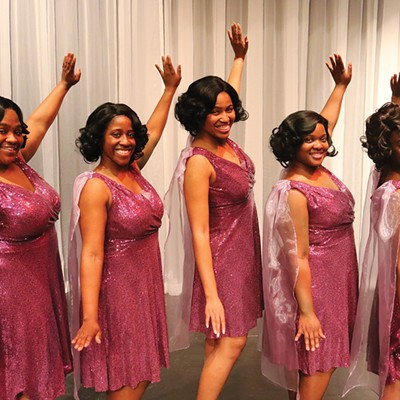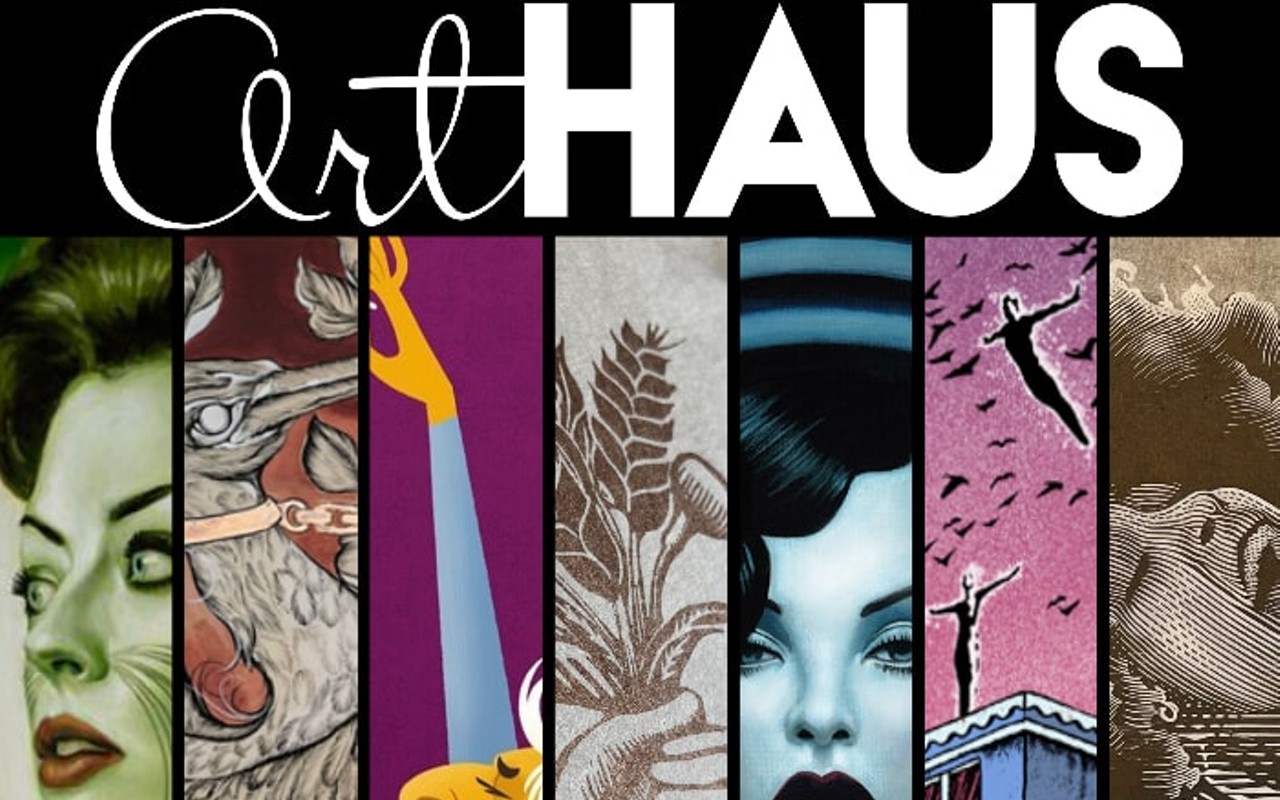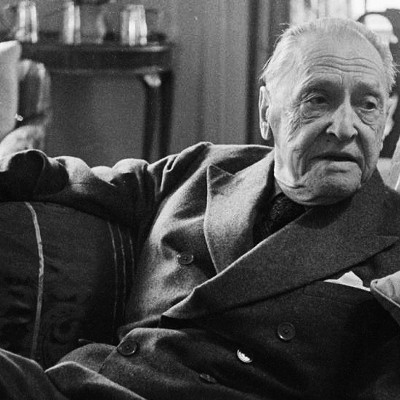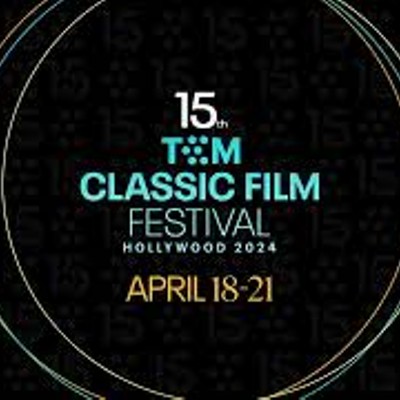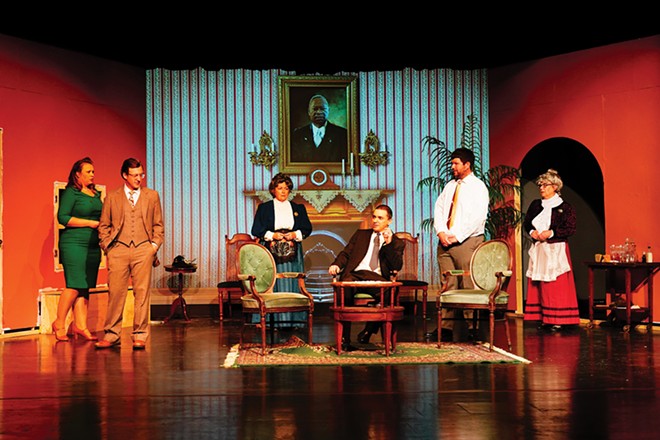
How is it that the theatrical comedies of the 1930s and '40s have retained their potency? The evergreen Arsenic and Old Lace (1941), refreshed by the Springfield Theatre Centre, is keeping audiences of your friends and neighbors laughing – rolling in the aisle laughing – from beginning to end.
Do yourself a favor. Take a break from our age of anxiety and divisiveness and head down to the Hoogland. Two hours of nonstop mirth is good for anyone.
Our modern comedic sensibility was born in the transition from the Great Depression to the Great War. Playwrights of the time created a new kind of comedy that reveled in the unexpected, a not-so-subtle subversion of conventional morality and a focus on characters with an edge of madness.
In Arsenic, Mortimer Brewster, a New York drama critic, questions his sanity when he discovers his Mayflower-descended family is full of reality-challenged murderers. One brother is an escapee from a prison for the criminally insane, and a doppelganger for horror movie icon Boris Karloff (who played the role on Broadway). Mortimer's two maiden aunts' favored act of charity is mercy killing, and then stashing their victims in the basement. Another brother believes he is Teddy Roosevelt disposing of yellow fever victims during the construction of the Panama Canal. Arsenic is a master class in comic storytelling, and perfect for Halloween.
It's also been a staple in community and high school theater for decades. With a cast large enough to fill a Shakespearean tragedy or a smallish musical comedy, the reasons for its rarity on the professional stage are at least partly economic. If you know Arsenic from the 1944 Cary Grant film you're missing something. It was eviscerated by Hollywood's moralizing Production Code, which stated, among other reality-defying rules, that homicide is fine just as long as the murderer is punished in the final reel. Lost was the stage play's funny final moment.
STC director Kim Shafer's team obeys the strict theatrical rule of farce: no matter the madness or mayhem, play it straight. The adorable Laurie McCoy and Felicia Coulter as the aunts are perfect and perfectly oblivious to the fact that they could end up in Sing Sing. Chris Profitt as their criminal nephew is no slapstick thug but truly frightening. Al Gersh as Mortimer (Grant in the film) is the ultimate straight man, the one who makes the actors around him look good. Rachel Bridges delights as his fiancée, a wisecracking minister's daughter who just wants to sneak off to Manhattan for a little fun with her sweetie. The theater, then supper, perhaps some dancing – then home by 3 a.m. – that's the life for her.
The entire cast is up to their farcical mission. The priceless Joey McLaughlin as Teddy Roosevelt plays it so straight that you may actually believe he is president. Standouts include Dennis Killen as an absurdist cop/dramatist and Christopher Boyster as the police lieutenant who pulls the mysteries together while missing the forest for the trees.
Costumes by Laurabeth Allyn are fine, down to the rustiness in the sisters' faded mourning dress. Looming over the proceedings hangs a portrait of the pater familias, a mad scientist who made a mint selling patent medicines. The "portrait" (an uncredited Tony Young) eerily reacts to the action on stage.
STC's upcoming season is varied and challenging. In the Director's Notes, Shafer puts Arsenic in perspective. "This one is purely for entertainment." That's partly correct. It is great escapist entertainment.
But there is a reason you will love it. It's old, yet familiar. Before the 1920s when movies took over, theater in America was "the road" – endless touring to big towns and smaller cities. Broadway was just another stop. The country was rural. "Will it play in Peoria?" meant comedy was tailored to 19th-century sensibilities. Then movies came to small towns, stole the audience and the road died. After that, professional theater meant New York theater.
Americans had begun flocking to big cities. Mid-century playwrights catered to the urban audiences with an entirely new brand of comedy: sophisticated, polished, jaded and naughty. This is a comedy that echoes in our ears today, still alive in sitcoms or TikTok jokes.
That this comic tradition was created by white men for a white audience must not remain unexamined. Arsenic's drunken Doctor Einstein – Peter Lorre in the film – represents a stereotypical 19th-century view of German immigrants. He's a stand-in for "The Other."
For better or worse, the comedy of the dominant American culture was created by works like Arsenic, and it remains an example of that brand of comedy, the kind that we've all been laughing at for decades.
But go, see for yourself. At 80 years young, Arsenic and Old Lace still makes 'em laugh, and it will make you laugh, too.
Upcoming performances
Arsenic and Old Lace at the Hoogland Center for the Arts through the weekend. Friday and Saturday at 8 and Sunday at 2. 217-523-2787. Ticket holders are reminded that masks must be worn inside the Hoogland.
Dennis Thread is a freelance writer, director and producer experienced in theater, opera, immersive experiences, public ritual, film, TV and institutional and corporate communications. [email protected]





